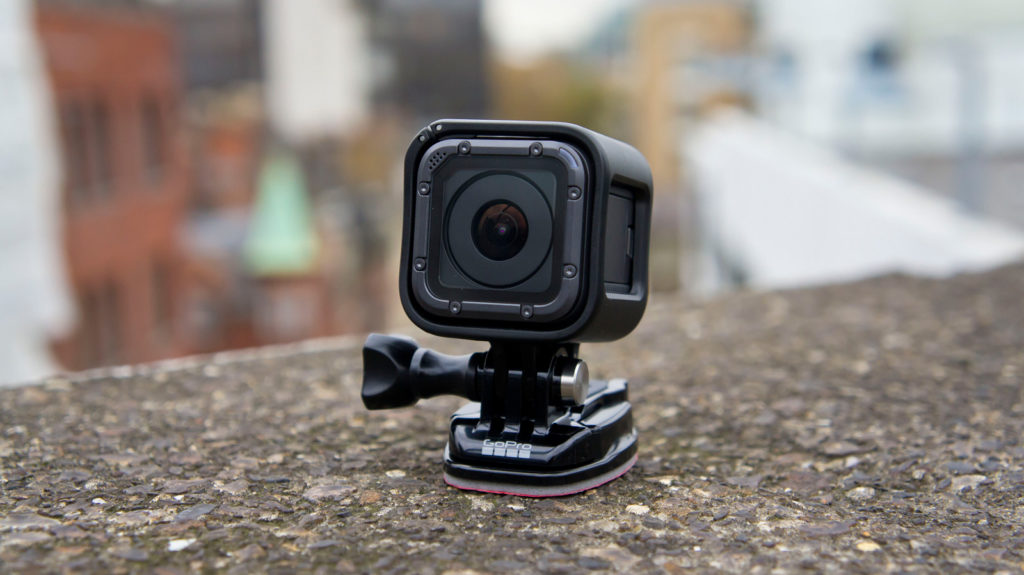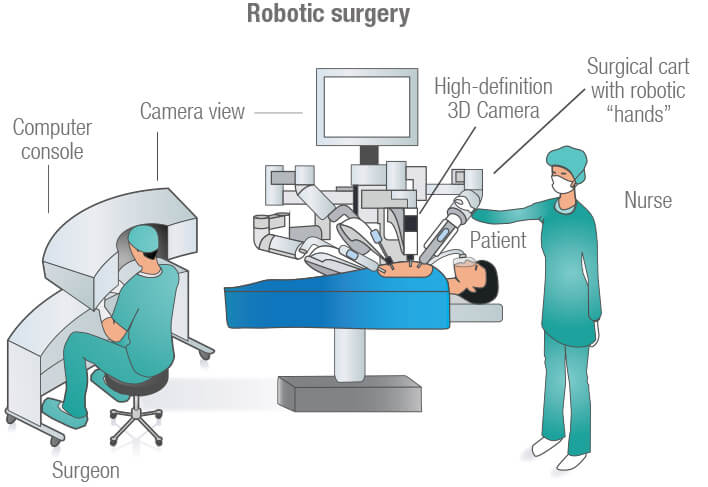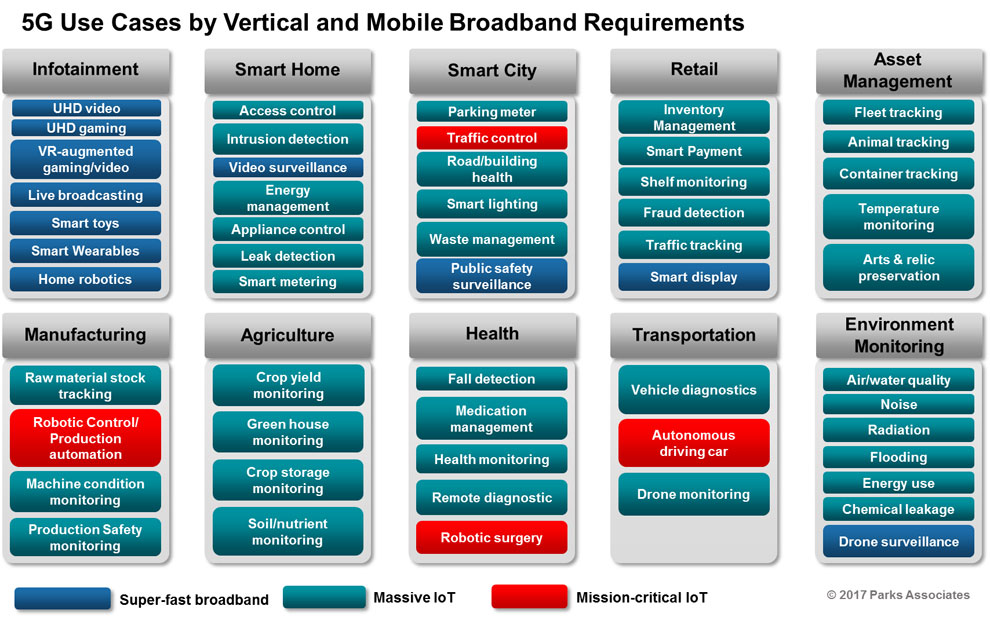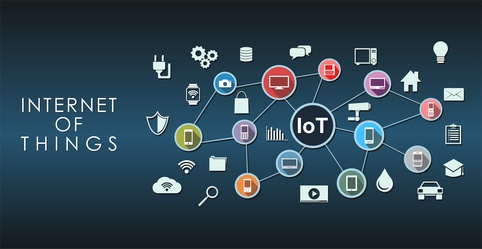Each device type serves a use case that can be high-volume with low throughput requirements, or low-volume but high-value from a customer’s point of view. The list of use cases keeps growing as new types of devices are added to the network, and as existing devices find new use cases with embedded mobile connectivity.
With cameras becoming equipped with the ability to record ultra high-definition videos, mobile broadband connectivity will need an upgrade to support the throughput and quality-of-service requirements of UHD video streamed from a consumer device in rugged or remote environments where mobile signals may be weak.
Among the U.S. broadband households that participated in a Parks Associates survey, 6-9 percent reported ownership of a wearable camera in 1Q 2017, and 9 percent were likely to purchase a wearable camera in the 2017 holiday season.
Robotic surgery is a perfect example of a mission-critical Internet of Things application. A surgeon can control a robotic arm remotely to perform surgical tasks while watching a magnified live feed captured via video camera in the operating room. This use case requires not only high throughput to support high-quality video feeds, but also ultra-low latency to ensure precise cuts and stitches.
There are more than 50 IoT use cases that can be better served by next-generation mobile broadband networks, according to Parks Associates, which grouped the use cases by industry vertical and coded them in three different colors to illustrate requirements on mobile broadband connectivity. These 10 industry verticals are the early beneficiaries of IoT technologies, and mobile broadband connectivity can establish these use cases’ value propositions to customers.
Mobile operators must adapt their IoT business models to meet customer needs, and find a mid-point where the value of IoT use cases for customers align well with operators’ IoT investments. In other words, operators must consider how much value their network and IoT solutions bring to their customers before looking for a billing model.












